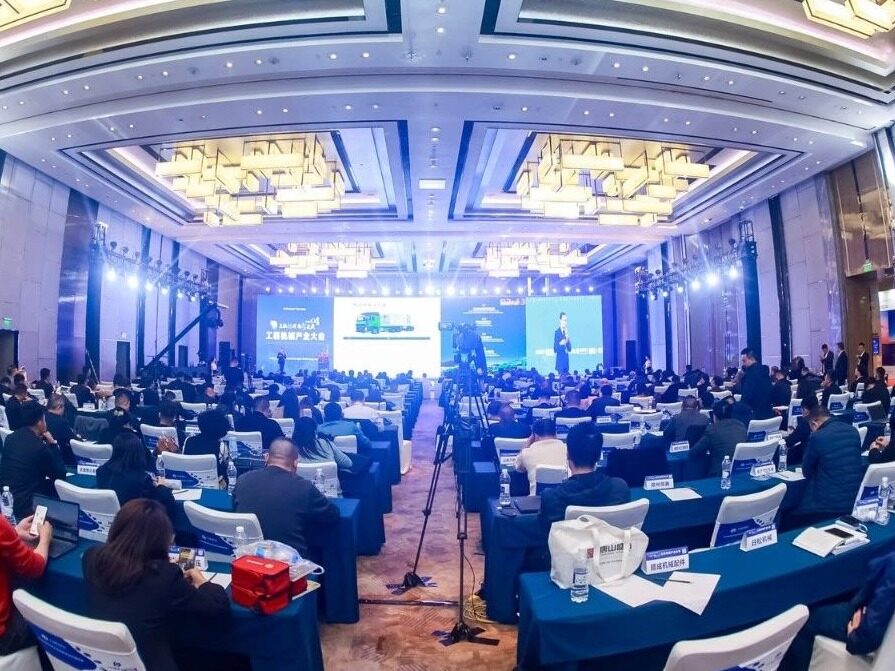- In the future, the growth rate of infrastructure investment will improve, and there will be a significant increase

China's economy has steadily recovered under effective epidemic prevention and control measures. The recent National Standing Committee put forward the requirement to implement policies and strengthen inter-cyclical adjustments in response to new economic conditions; and make good use of local government special bonds to drive the expansion of effective investment, stabilize foreign trade and foreign investment with more effective opening measures, and strengthen policy coordination and interpretation. Strengthen the confidence of market entities and maintain the stable operation of the economy.
This means that the special bond issuance that has been restrained for a long time in 2021 will soon start and be issued in batches; the fiscal policy that has been contracted for a long time will also have measures:
Special debt picks up, and re-raise drives investment
Due to the adjustment of macroeconomic policies, 2021 can be regarded as the slowest year for the issuance of local government bonds; as of August, there are still more than 2 trillion local special bonds waiting to be issued. This special situation has been analyzed many times before. Generally, the macro policy believes that the economic recovery in the first half of the year exceeds expectations, and the external environment is highly uncertain, so it delays the progress of fiscal expenditures and "reserves ammunition for the situation that may arise in the second half of the year." ".
Nowadays, due to the dual impact of natural disasters and epidemics, some pressures have indeed appeared in the economic operation. The local special debts that have been accumulated for a long time will become the focus of policy, speeding up the opening of gates and giving play to the role of fiscal policies in stabilizing the market economy.
Not only will the issuance speed and expenditure of special bonds be greatly accelerated; there will also be some changes in the areas of use of special bonds and related policies. After a long lapse of time, the State Council once again issued the phrase “special debt drives the expansion of effective investment”, indicating that the current trend of conservative special debt policy has basically come to an end; the next stage of special debt should not only reflect the role of financial expenditure as a base, but also It is necessary to further promote social investment and leverage the scale of investment.
This means that in the future, the use of special debt funds as project capital will increase, and policy guidance for supporting financing of local special debt projects will also become a key link; major projects and key field projects will be significantly relaxed when applying for special bonds. In addition, the Ministry of Finance in early 2021 proposed to "further expand the scope of use of special bonds." It is worth looking forward to whether special bonds can be used for other capital expenditures after replenishing the capital of small and medium-sized banks.
Emphasize cross-cycle, fiscal policy shift
The most noteworthy aspect of this National Convention is the requirement to "strengthen inter-cyclical adjustments in response to new economic conditions"; this means that the conservative fiscal policy in the first half of the year is about to turn again to ensure the smooth operation of the economy and continue into the next economic cycle.
The recent Circular No. 15 on hidden debts has caused a great response from the market. However, from the logic of “open the front door and block the back door” emphasized in the process of fiscal reform, increasing the handling and prevention of government hidden debts actually It has also made preparations for increasing fiscal policy and improving the legal channels for local governments to raise debts. Therefore, although the new financing of urban investment entities is still difficult, there is still room for fiscal policy to operate, and it is entirely possible to continue to use macroeconomic policies.
As emphasized in the fiscal deepening budget reform in the first half of the year, local governments will further improve their legal and appropriate debt-raising mechanism, improve the government debt risk assessment index system based on debt ratio, and establish and improve the system of government debt corresponding to project assets and income. Comprehensive assessment of the government's solvency. After the hidden debts are fully controlled, the legal channels for local governments to raise debts will be further smoothed.
Infrastructure construction needs to be accelerated? Targeting framework is now
Due to the decline in the monthly data of the Bureau of Statistics, the market has a certain degree of concern about economic momentum, and once again pinned the hope of underpinning the operation of the market on infrastructure. However, with the comprehensive reform of the system and the drastic shift in policies for government investment and urban investment supervision, the expansion of infrastructure investment today will also be significantly different from the past, with obvious directional characteristics.
The first is to raise the requirements for the investment income of infrastructure construction, and directionally support infrastructure projects with self-balanced income. It is not only to avoid further increase in government debt, but also to improve the investment efficiency of infrastructure through market economy indicators; the second is to strengthen the relationship between infrastructure and industry, and no longer be oriented to land finance. Require infrastructure to be consistent with the work goals of the local government, or serve the industry, or "make up for shortcomings, strengths and weaknesses", or leverage social investment;
The third is to change the traditional government-based infrastructure investment model, emphasizing marketization, and allowing more companies to participate in projects. After the local government and urban investment began the deleveraging process, in addition to special models such as special debt, business entities became the backbone of new infrastructure investment, and the market-oriented system was once again accelerated.
Therefore, with the issuance of special bonds, the growth rate of infrastructure investment in the future will be higher than that in the first half of the year. However, under the framework of targeted investment, it is difficult for the overall data to change significantly. It is only the micro-regions and industries that will be significantly improved. .
In addition, due to the continuity of policies, we will see that the active policies in the second half of the year will continue to next year, bringing a new "window period" to the market; a number of major projects proposed in the "14th Five-Year Plan" will also be implemented During this period began to land. Editor/Xu Shengpeng
Comment
 Praise
Praise
 Collect
Collect
 Comment
Comment
 Search
Search














Write something~